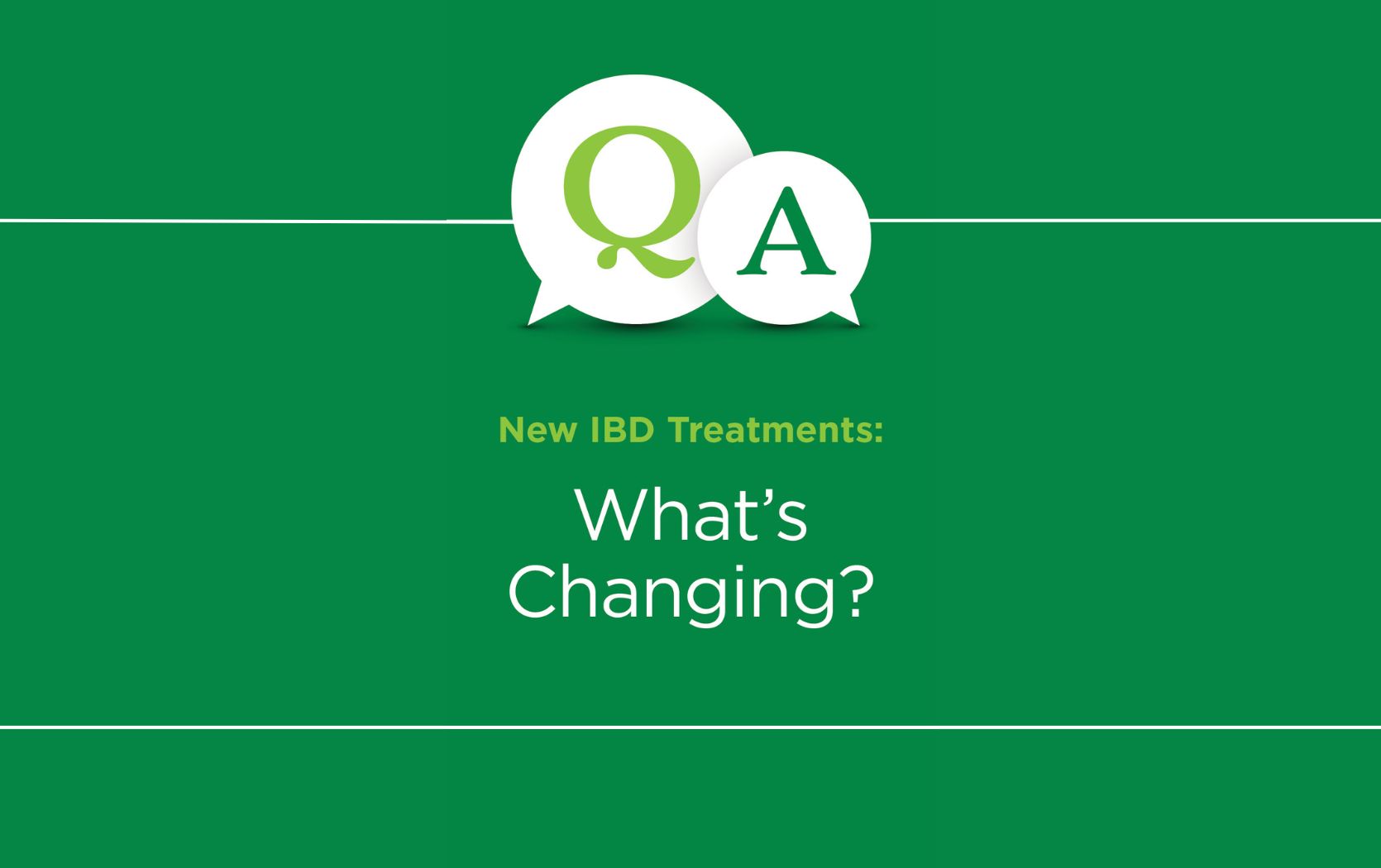
This post was written by Nicholas Yergans, MA, LMHCA, Parkview Behavioral Health Institute.
If you have concerns that a loved one is struggling in their relationship with food or their body, it can be difficult to find the right way to help. Gathering information is a good place to start. Here are some answers to common questions we hear from those who fear there is an issue.
I’m afraid my loved one struggles with eating. What do I do?
Food consumption is essential for survival. Regardless of whether or not your loved one is struggling with an eating disorder, or has recently begun showing issues with food, it is critical that interventions against disruptions to eating happen as early as possible to prevent long term problems — specifically, developing an eating disorder. If you are fearful that your loved one is struggling with eating, or potentially has an eating disorder, you need to encourage them to speak with a professional (e.g., a counselor, physician, dietitian). The longer someone struggles with an eating disorder, the more difficult it is to treat.
How can I be sure that there is a problem?
Weight loss is probably the most common warning sign, especially for adolescents. Growing teenagers are supposed to be gaining weight, not losing it, unless actually medically necessary and monitored by a physician. Noticing your loved one skipping meals or eating much smaller portion sizes, frequently weighing themselves, talking about or starting diets or cleanses, excessive exercising, and finding laxatives or slimming teas are additional signs to be aware of. Also, pay attention to how your loved one talks about their body. Comments like, “I feel fat; I don’t want to be fat” in conjunction with any of the aforementioned habits is a clue that they may be struggling.
Outside of illness, intentional vomiting is another common warning sign that can be heard and leave behind evidence. Your loved one may frequently excuse themselves during or directly after meal(s) to the bathroom and be gone for longer than is typical. You may see bile in the toilet, sink or shower.
Important physical/medical signs to be aware of (that are not better explained by a separate medical condition) include fainting/passing out, lightheadedness, missed menstruation and hair loss.
Eating disorders affect more than we can see. There are physical changes to the brain that happen when someone does not eat or they frequently make themselves vomit, that can alter how your loved one acts. It’s common for someone with an eating disorder to feel “out of control” in their life. Out of control of their actions, their mood and their emotions (i.e., more irritable, quick shifts between emotions), and even general thinking capabilities (i.e., difficulties concentrating, missing deadlines, forgetting).
Note: There needs to be a professional assessment to make a formal diagnosis and recommend services before assigning a label to someone or their actions.
How does someone start treatment?
Treatment begins with a thorough mental health assessment. At Parkview Behavioral Health Institute, these can be completed virtually or in-person. The length of time is around 60 minutes and focuses on exploring present and past issues with food, body image, eating disorder behaviors (e.g., restriction, purging) and any other mental health concerns, like depression or trauma.
After the assessment, your loved one will receive a diagnosis and will be offered a team consisting of a counselor, physician and dietitian to work with and create goals for themselves. For example, if your loved one is not eating and is at a lower body weight, weight gain is generally the primary goal. The weight will be determined by the physician. The dietitian will work with your loved one to create a meal plan and provide education on nourishment. And the counselor will support them as they overcome obstacles to following the recommendations and explore what led to the eating disorder.
What can treatment look like?
It’s important that the patient starts at the right treatment level. Like any medical diagnosis, there are different levels of severity and treatment for eating disorders. There are also different lengths of time for each treatment level. Your loved one may require a shorter, or possibly longer stay in treatment, depending on the medical and psychological severity of their eating disorder, their motivational level and their support system. The more severe the presenting concerns, the higher the recommended level of care will be.
The levels are as follows, in order from low to high severity: support groups, outpatient, intensive outpatient, partial hospitalization, residential, inpatient/acute stabilization. Someone may step up or down between these levels at any time. Sticking with the above example of someone who engages in food restriction and is in a lower body weight, let’s move through these levels starting with inpatient.
Inpatient
- Needs immediate medical intervention to keep them alive. Symptoms often seen include severe malnutrition and dehydration leading to organ failure. These patients require 24/7 medical monitoring. Inpatient, or acute medical stabilization, is often done in a hospital; however, not all facilities have physicians who are trained in treating patients with an eating disorder—including those who require feeding tubes—and a patient may need to travel for specialty care.
- The average length of stay is between two to four weeks.
- After an individual has been deemed medically stable, it’s recommended that they drop down to a residential treatment center.
Residential
- Needs around-the-clock care and support to make sure they are eating and not doing anything to prevent weight gain.
- Medical staff and dietitians monitor progress.
- Residential treatment is generally recommended for someone who voices minimal to no motivation for recovery or has motivation but not the necessary skills or is not in an environment where they have the support to make changes.
- Residential programming can last up to three months. Afterward, they may drop down to PHP or IOP.
Partial hospitalization programs (PHP)
- Does not need 24/7 monitoring but isn’t quite ready to independently manage their eating and/or meet their weight gain goal without more frequent support.
- At least five hours a day, five days a week, is spent with peers and professionals (e.g., dietitian, counselor, physician) to relearn and practice new ways to engage in daily life to make recovery possible.
- The average length of time is four to six weeks.
Intensive outpatient (IOP)
- Individuals demonstrate that they can manage their eating schedule on their own and can make adjustments as needed.
- Skipping meals is occurring, but they are able to go periods of time where they eat all of their daily meals.
- Meets with counselor, dietitian and physician less frequently than before.
- Is weight stable or able to gain weight on their own without monitoring.
- Meets at least three days a week for at least nine hours in total, for an average of 12 weeks.
Outpatient
- Has met weight gain goal and has not lost weight, or skipped any meals, for an extended period of time.
- Highly motivated to maintain their progress or begin making changes.
- Has a supportive environment.
- Meets at least once a week for individual and/or group counseling.
- The average length of time is 6-12 months.
Support groups (see link below for options)
- Least amount of structure and doesn’t require a formal assessment to join
- Meet once weekly
- Some who are further along in recovery may use them as a space for sharing their successes and how to help others, and others may hear stories of recovery and grow motivation toward their own recovery.
How does someone get started with eating disorder treatment?
At Parkview Behavioral Health Institute, we specialize in IOP group therapy and outpatient levels of care, with the ability to step up to inpatient/acute stabilization. Our eating disorder program not only includes psychotherapy, but utilizes an interdisciplinary treatment approach, collaborating with dietitians, medical providers, psychiatrists and skills coaches at all levels of care.
Our IOP groups are for both adults (18+) and adolescents (12-17) and meet three times per week for three hours per group. Outpatient levels of care include group and individual therapy, with a group for adolescents (12-17) and a group for adults (18+) meeting once a week. To get started, patients can call the Central Intake Line at 260-373-7500 or 800-284-8439 and request an assessment to begin eating disorder treatment. A physician referral is not needed for any of our programs, but IOP requires prior authorization from insurance, which is handled by Parkview’s team.
Next steps
Talking with a loved one about your concerns for their eating is never easy. They may feel a lot of shame for what they are doing and shut down. Others may dismiss your concerns because they don’t see any problems. Even harder still, your loved one may become angry with you. If you’ve found yourself at the end of this post with more anxiety or feel like you don’t know where to start, there are support groups for the family members of loved ones struggling with an eating disorder. Participants can get advice on ways to have tough conversations and even run through what they want to say. It can also just be a space where you don’t feel like you’re going through this alone.



